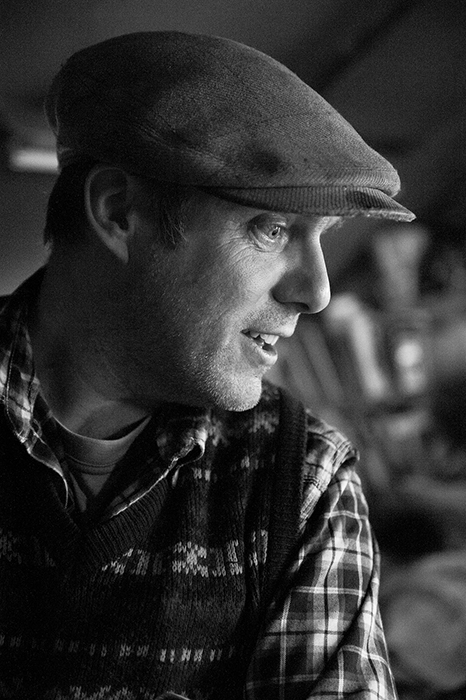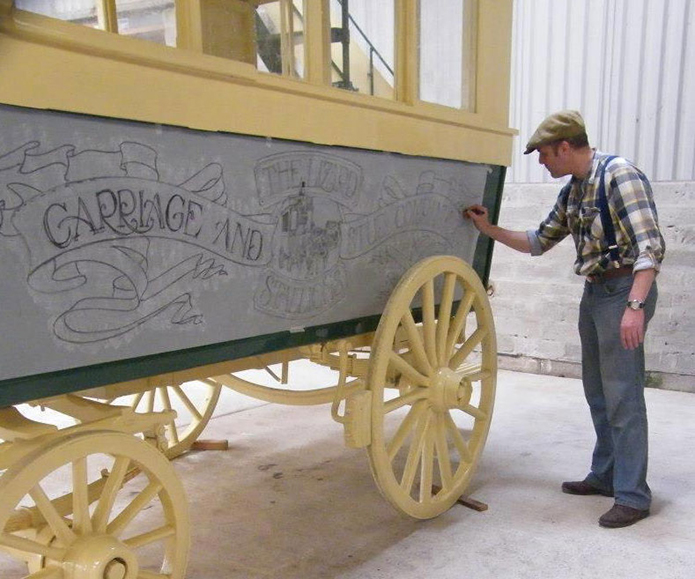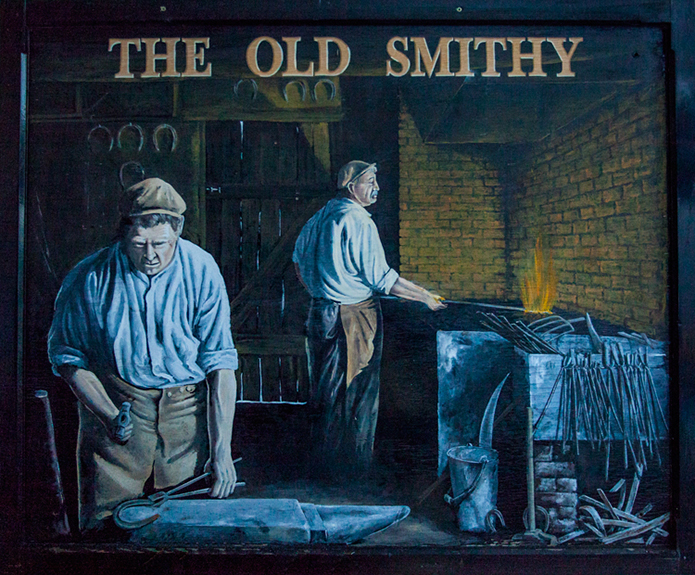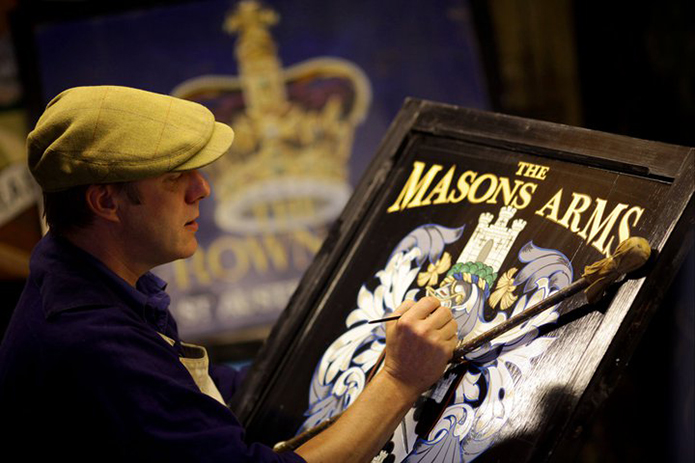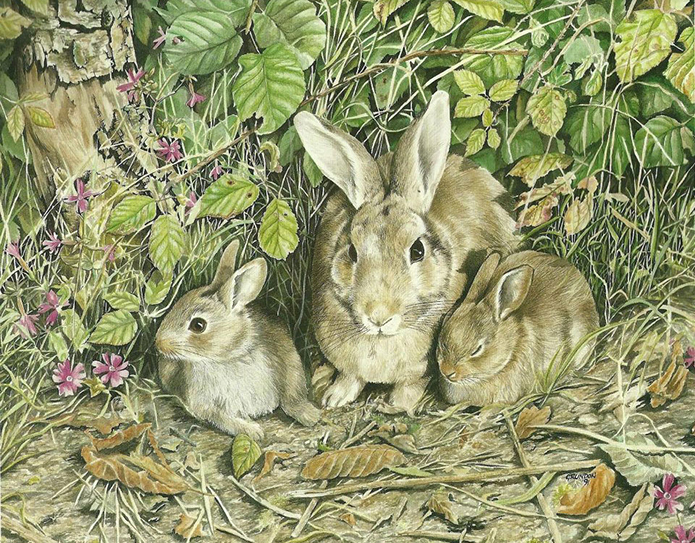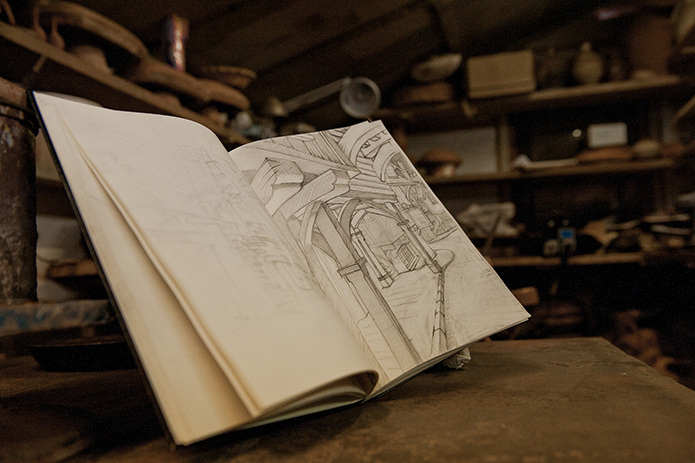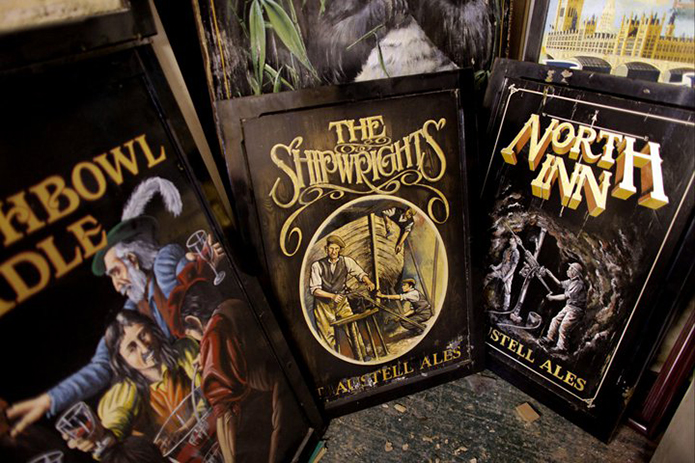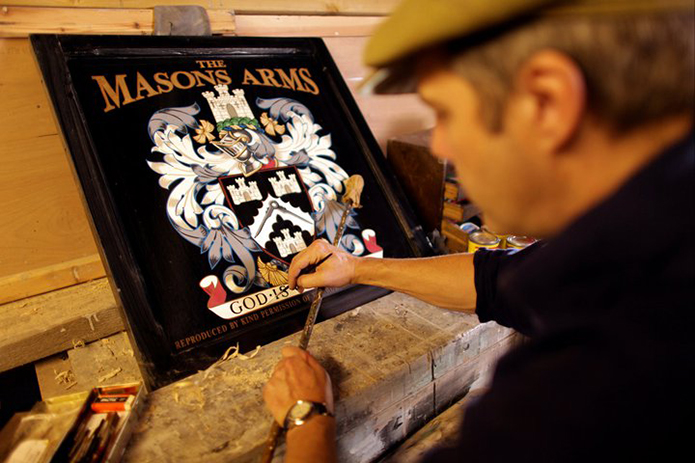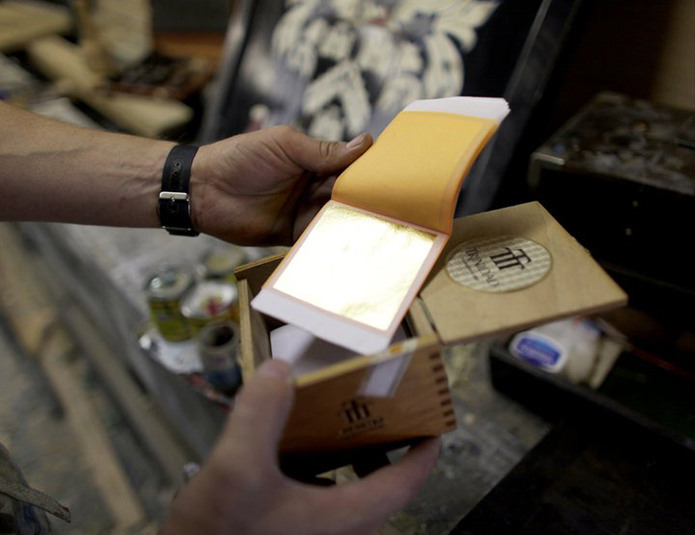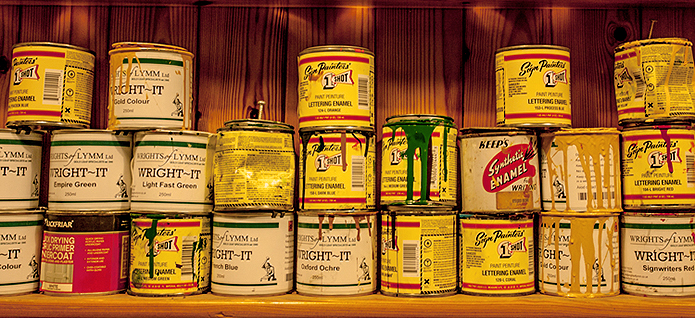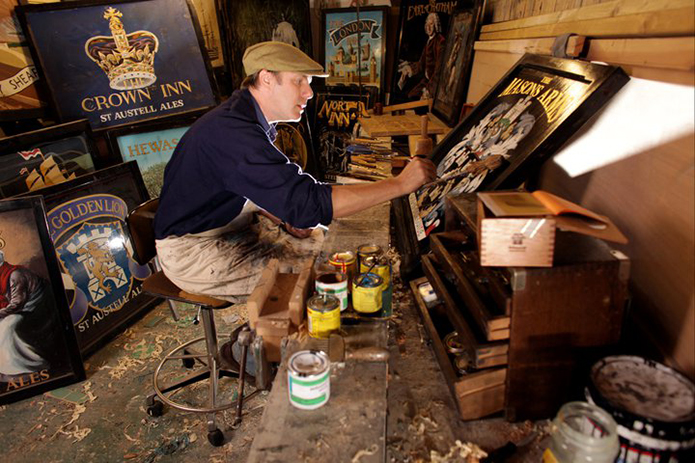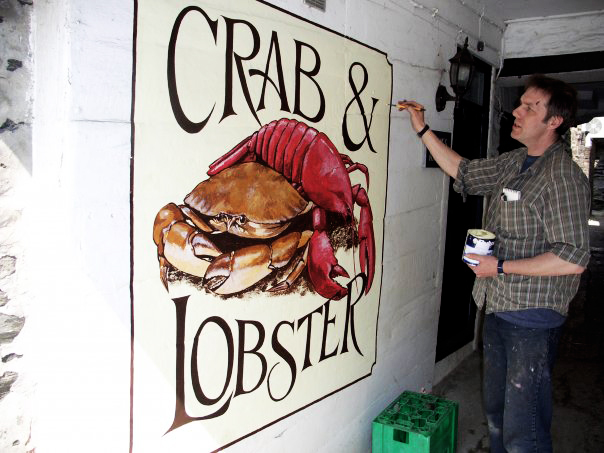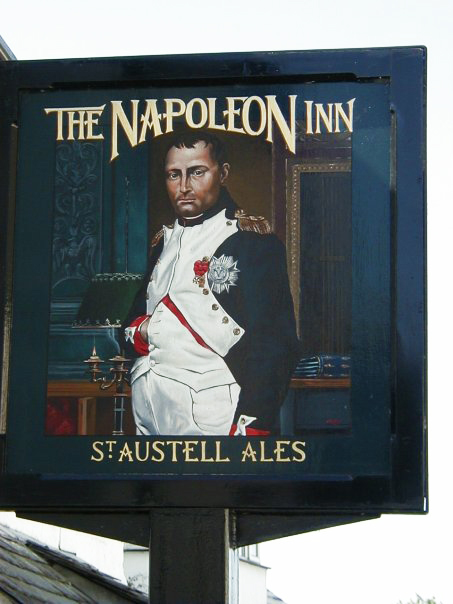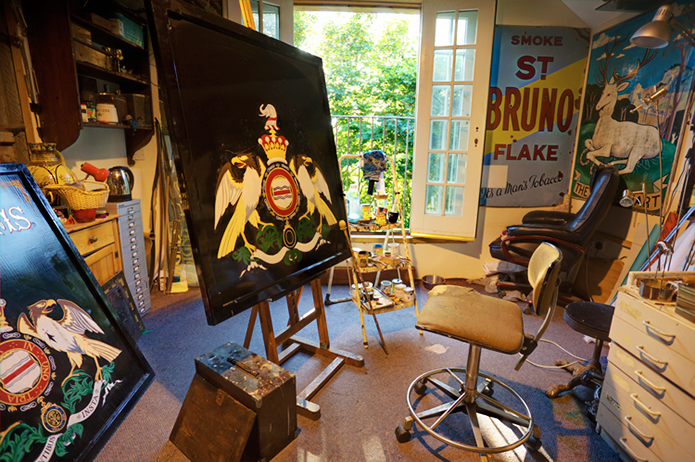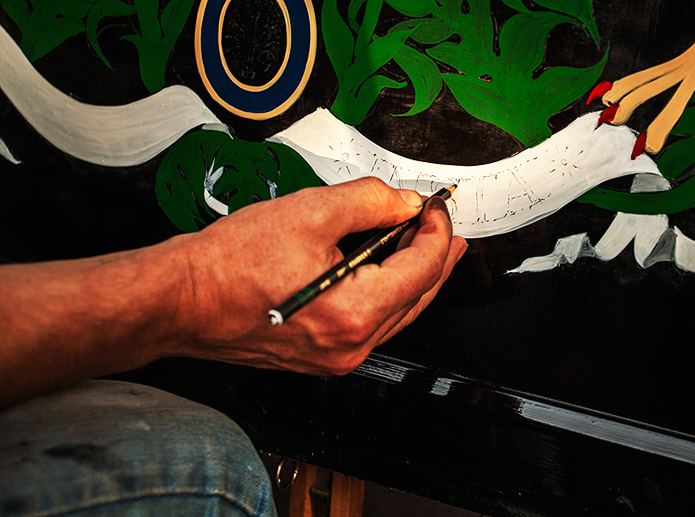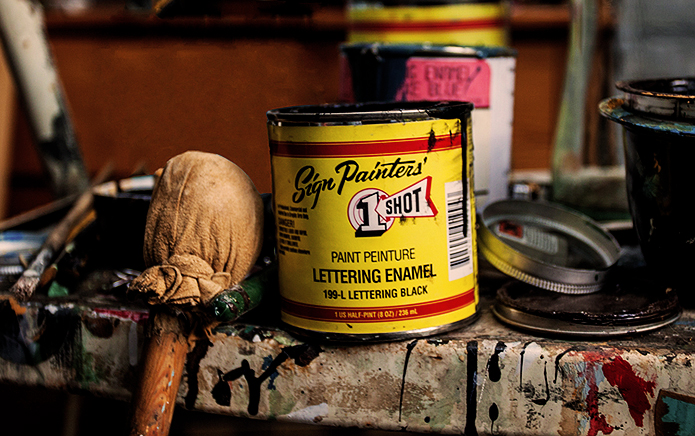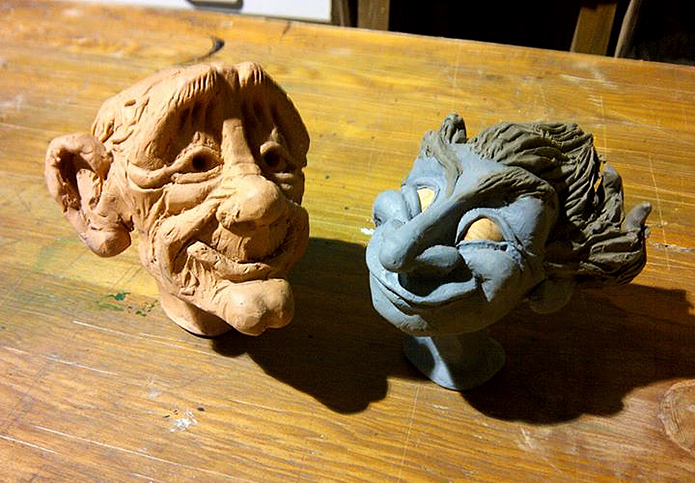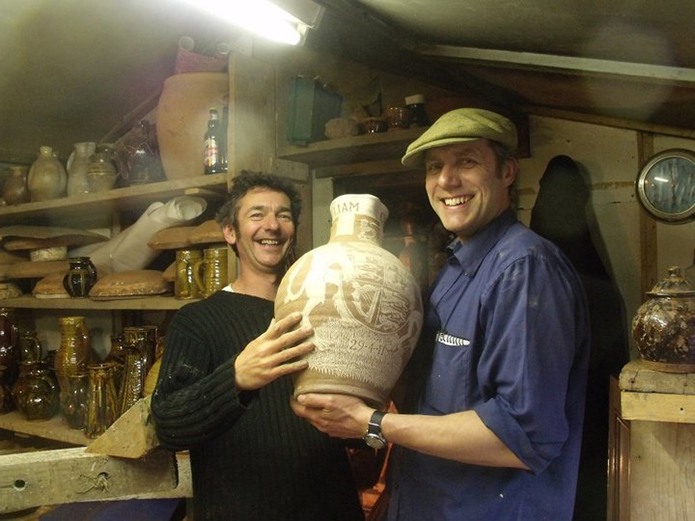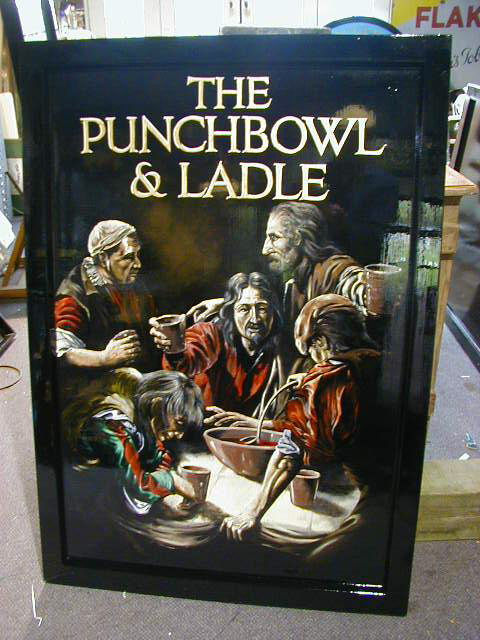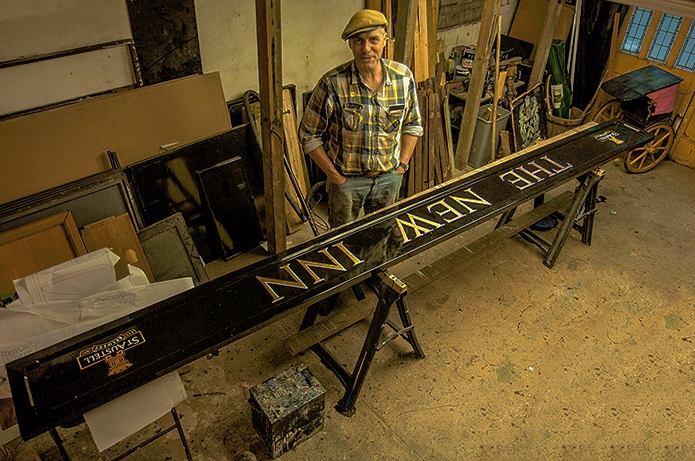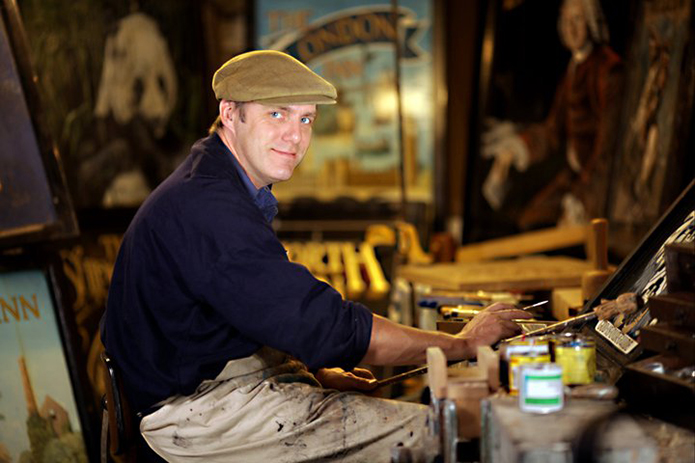
Of course, signs have been hand-painted by professionals for centuries, long before digital printers, with their wacky graphics, flying banners and hundreds of different fonts, were at the touch of everyone’s buttons. There can be no denying a traditional hand-crafted sign, whether on a shop-front, the side of a canal-barge, a sandwich-board or iconically hanging outside a village pub can be both an object of true art, and an extremely effective mechanism of drawing the eye, and subsequently encouraging you to stop and stare, browse, and ultimately spend. Traditional hand-crafted art-work has a way of reassuring you of the quality and integrity of the business behind, or, in the pub’s case, beneath the sign.
Sign-painting had seen something of a decline, around the 1980s, as the digital revolution hit the traditional crafts of lettering and sign-writing; everyone wanted vinyl, computerised, standardised, modern… However, thankfully, there seems to have occurred a full circle (by the way, a circle being one of a sign-writer’s true skills, have you tried to paint a perfect circle??); as with many traditional crafts and trades, the more discerning consumer, or potential patron, is now looking for integrity, quality and longevity. If you are anything like me, there is nothing worse than a flapping, flaking or fraying banner screaming ‘2 Dine for £10 Mon-Thurs’, whilst a handsome, hand-painted work of art announcing the centuries old ‘Kings Arms’ swaying in the evening breeze is far more likely to tempt a supper eaten out.
Andrew Grundon is one such traditional sign-painter who can magic up these works of advertising art. As a custodian of an ancient, and thankfully resurgent craft, Andrew matches his impressive artistic talent with immense commitment and passion to nurture and evolve the special skill of lettering and sign-painting using historical inspiration from the past and cleverly, using some modern innovations, making it aesthetic and yet relevant in the present day. Andrew has kindly offered us an insight into his world which we hope you enjoy reading…
ABOUT ANDREW GRUNDON
Andrew was a wildlife, landscape and portrait artist originally, experiencing the romantic, yet inevitable feast-but-mostly-famine of an artist’s lot, moved into sign-painting for a West Country brewery, when a sign-painters position became available, offering the chance for an artistic career that actually paid regularly. From there, Andrew established his own company, Signature Signs, based on Bodmin Moor, Cornwall, still creating and painting signs for the same brewery, as well as a range of other work.
Firstly, for those readers that aren’t familiar with Signature Signs, please can you explain what you do?
I design and produce hand painted signs. They’re largely pub, shop and hotel signs, pictorial signs, signs in gold relief, as well as pinstriping and lettering of traditional vehicles. Most of my clients are based in the West Country, with St Austell brewery being a major client, but I have also worked for clients throughout the British Isles and even exported work to America.
What flexibility do you have to improvise with your pub sign designs; is it a question of painting over the original design with fresh paint, or do you have complete freedom to conjure your own designs?
Each design brief is different to the one before. There are some traditional designs that date back to the Middle Ages that we want to replicate as accurately as possible, and there are some signs designed by iconic artists, and we have to adhere to the spirit of the design. In other cases though, I do have some free reign, which is a lot of fun; having said that there’s a level of respect for copying old designs, which I really appreciate. Basically, I’m happy so long as I’m painting – whether there’s recreating an old design, or creating something new.
When you have license to create your own design, where do you draw your inspiration from?
It can be from anywhere. It can be from my own imagination, or lifting bits from old paintings. I have taken characters from the Italian artist Caravaggio, as well as from Joseph Wright of Derby, and incorporated them into my work. I also take characters and ideas from books; I have a reasonably extensive library of my own, and I also research subjects online. So, if I’m painting a sign for a pub in a mining area called, say, the Miner’s Arms, then it’s important that the picture is historically correct, so the mining equipment painted has to be the right equipment for that particular type of mining, whether it’s tin or copper. If I get it wrong, then it’s guaranteed that someone will pick up on it, which I want to avoid. It’s the same if I’m painting a sign for the Old Smithy public house, then the painting has to reflect the inside of a genuine blacksmith’s forge, as I don’t want people saying to me that a blacksmith wouldn’t have placed an anvil in that position, for instance. It all has to be historically and factually correct.
Can you talk through the thought process of making the move from being a conventional artist to a signpainter, and what key new skills did you have to learn?
For me it was a pretty straightforward decision. I had been painting conventional pictures for several years, which were taking longer and longer to paint, as I was increasingly becoming a perfectionist. At the same time, my friends had noticed that I was quietly starving to death hidden away in my artists’ garret, as I wasn’t making any money. A friend of mine was aware that a traditional signpainter for St Austell brewery was retiring, and thought this could be a good option for me, as it combined painting and a regular salary.
I did learn some new skills from the outgoing signpainter before he left, as we had a period working together, and he taught me some techniques on hand-lettering, learning the correct language of different font styles, basic gilding skills, and paint preparation specifically for sign painting. It wasn’t a difficult transition though, as I’ve been painting all my life, and so I understood the concepts of layout and design which are the same for all painters.
Initially, I guess, I viewed the transition from conventional artist to traditional signpainter as a failure, as I hadn’t made any real money from painting conventional pictures. Over the years, though, I have come to realise that what I do is as valid an art form as anything else. In fact, it’s a very public art form, and more people get to see my work than most other artists, and it’s also serving a practical purpose. At the end of the day, it’s all a branch of the same thing. Now that I’m self-employed, and not directly employed by the brewery, I get to do conventional painting, pencil sketches and wood carving, alongside my traditional sign painting work, so it’s worked out well for me.
There’s no doubt that British pubs are part of the fabric of British culture and history, and pub signs are an integral part of that, reflecting monarchs, battles, crafts and trades and so on. For those that aren’t familiar, can you provide us with a little history of pub signs in Britain?
The earliest forerunner of pub signs dates from the Roman times when they would put a wreath of vine leaves outside the building to indicate that food, drink and bedding was available. As vines weren’t native to Britain, they were replaced by other foliage such as evergreens, trees and shrubs, which is presumably why we get pub names like The Bush, The Ivy Bush and The Yew Tree. Many pubs and inns also had brooms, instead of foliage, above the door to signify it was an ale house. Over time the pubs and inns would be individually named. In 1393 King Richard II introduced a law which made it compulsory for all pubs and inns to have a sign outside so that the official Ale Taster could identify them.
The original concept of pictorial pub signs was because most people were illiterate in the Middle Ages, and couldn’t read the name of the ale house, so the signs became illustrated, and a pub called the Red Lion, for instance, would have a painting of a red lion so that people would realise it was the Red Lion pub. During the medieval period, heraldry and religious symbolism was incorporated into the pub signs, such as the Red Lion, which was believed to be the insignia for John of Gaunt, the most powerful man in England in the 14th Century, and The Bell, because of the association with church bells, The Angel and so on. Over the years, the signs took on other meanings, such as political leanings (whether you were a Royalist or Parliamentarian), local references (such as The Anchor, associated with the coast and inland canal networks), local history (I painted a sign for a pub called the Bucket of Blood, in an area once famous for smuggling – it was so-called after blood was found in the well by locals drawing water after a tax collector had been thrown down there!), and local trades and crafts (such as the Miner’s Arms, the Old Smithy etc) to reflect the people who frequented the pub. But pubs have been named for all sorts of reasons, including the location, the name of the pub owner, transportation, topography, hunting, sports and myths and legends.
Are the signpainters’s skills, materials and tools fundamentally the same as they were hundreds of years ago, when the first pub signs were being painted?
Yes, they are basically the same, although there have been developments in technology which have made things easier, such as the technology in paint preparation has improved paint qualities immensely to enable the paint to withstand extremes of weather, enabling greater longevity. But basically it’s still just oil-based paint on wood. Anyone stepping out of the 16th Century would recognise what we do and the tools we use. We still use a mahlstick for instance, which is a stick with a pad on it to steady the hand which has been around forever.
The brushes, whilst better quality now, are still the same: chisel, pointed or round, depending on stroke. We also use gold leaf which would have been done centuries ago, and whilst we sometimes use transfer gold leaf, we do use loose gold leaf as well.
I imagine some of the signs you paint take a battering from the elements on Bodmin Moor and along the Cornish coast; how long does a typical sign last and how do you ensure longevity?
The lifetime for our signs is usually between five and fifteen years, depending on the extremes of weather they are subjected to; some signs take a real battering up on the moor, but coastal areas are as bad as inland, due to salt air and seagull droppings which are very acidic and can strip a board down to bare wood quite easily. In the really exposed areas, the brewery might insist on copper signs with stainless steel frames, but this is obviously more costly. Even sheltered valleys can be a problem as the still damp air stays around and gets into the smallest cracks in paint.
Our wooden signs are largely made of good quality exterior ply or marine ply with either a softwood or hardwood frame, and we build up many layers of paint for maximum protection using endurable exterior-grade oil paints suited to the tough conditions. The key to prolonging their lifespan is building up the correct layers of paint, using special signpainters paint for the lettering and colouring, and regular maintenance.
Traditional hand-painted signs develop a patina as they get worn and this can in fact be charming and look nice, and add a certain character. But modern boards, made from composite plastic and vinyl don’t look attractive with age; in fact they just look old and tired, and a bit tacky. It’s difficult to see anything attractive in peeling plastic on a modern surface! It’s interesting, but when we take our boards down to be replaced, we have several customers who like to buy them for decorative purposes, even though the paint is wearing; they view it as a bonus and like the patina that has developed with time.
How important is a sign, a pub sign for instance, to generate passing custom, and what is it about the sign that actually draws people in?
A sign is the first point of contact with the public, and it reflects how much and in what way the owners care about the business and presenting their image to the public. You can certainly get a feel for the type of establishment you are entering just from looking at the sign, as to whether it’s likely to be an ‘open fire and real ales’ type of inn, or a modern bistro pub. The exterior signs give this information away without having to say anything and you can really get a feel for the ethos of the place. Strangely though, for a lot of owners, the sign is the least thought about thing – they’ll spend a lot of time and money on getting the interior decoration right, and spending money on producing leaflets and adverts, but the sign is usually an after-thought. The more discerning owners, in my experience, are those that give more prominence and priority to the signs, and realise it can help generate customers from passing traffic, and give real consideration to its design.
Do you ever receive feedback from clients stating whether sales have increased on the strength of a new sign?
I don’t usually receive feedback from clients as to whether sales have increased, but I do get feedback from the public that they’re impressed, which is nice to hear, as well as clients generally telling me that they really like it. Sometimes landlords are surprised that the sign is noticed as much as it is, but I think the public are quite discerning. The clearest indication that people like a design is when you get referrals from other people who have seen the sign it and track you down as the person who painted it.
Could you talk us through the process of how you would complete a project, such as painting a new pub sign, from start to finish?
Firstly, I’ll arrive at a design that the client is going to be enthused about, whether that is me having a free reign, or recreating a traditional design. I’m a traditionalist, and usually don’t use any software in creating the design. I’ll create some preparatory sketches for the client to review, and then we’ll work on them, going back-and-forth, until we’re both happy. We’ll agree a price and timescales and then the work can commence.
I will commission the wooden board to be made by professional joiners. We normally use exterior ply or marine ply for the board, and then either a softwood or hardwood frame. This will be sanded down, and at least two coats of aluminium primer will be painted, followed by a minimum of two coats of undercoat, and at least two coats of gloss. Once this is done, I chalk or pencil the outline of the design.
I will then use a special enamel paint suitable for signpainters to paint the illustration and lettering, as well as sometimes gold leaf.
It’s quite a time consuming process, as we only use traditional methods, but it’s worth it for the finished product.
Do you still have the urge, or find time, to create artistic work on paper or canvas in your spare time as a hobby?
I enjoy the creation of a piece of art in all its forms, whether that’s signpainting for work or painting in my spare time. It’s actually quite difficult to draw a line between where work finishes and personal life starts. Painting is what I enjoy spending the majority of my time doing. At the moment, in my spare time, I’m writing and illustrating a children’s book as well as carving my own wooden marionette puppets for a theatre tour I’m planning in my mobile puppet theatre, currently under construction.
Do you get the chance to collaborate with other creative artisans/craftsmen in your work?
Yes, and it’s something I really enjoy doing. I have collaborated with the celebrated potter Doug Fitch on various ceramics, scratching graffito designs in earthenware pots, which has been a delight. I feel there’s a special kind of synergy collaborating with other craftsmen, which means the end result of the collaborative effect is bigger than the sum of its parts, which is pleasing all round. I’ve also worked with other artists on signwork, which is a nice departure from your normal work when you spend 99% of working life working on your own in a studio. I find it very enjoyable having a creative conversation with another artisan.
For someone considering traditional signwriting as a career, what advice would you give them?
Unfortunately in this day and age most, if not all, college courses in traditional sign design and sign production no longer exist, and it’s really all to do with modern production these days. That’s certainly the case for those in Cornwall, and I imagine it’s the same elsewhere, but worth checking.
I would advise anyone with some artistic talent looking to embark on a career in traditional signpainting to try and get an apprenticeship with a traditional sign painter. You would certainly get a good overview from them, learn the basic skills, and understand the realities of what it’s like to run your own business. Traditional signpainters are difficult to find but there are still some around. It’s also worth approaching them in case they do teaching workshops for basic skills before committing to choosing this route as your final career choice. Most traditional signpainters are keen to pass on their skills, as none of us want to see the craft die out, and so I imagine most will only be too willing to help.
Finally, what do you feel the future holds for the craft of traditional signpainting in Britain?
I think the future is quite bright. The modern world has become so sterile and jaded with plastic alternatives for everything, and people increasingly want things with integrity in their lives; things that can enrich their lives. The appreciation of hand painted work is higher than ever since 1970s, with individual design being seen as a thing of craft, beauty and quality, whereas plastic designs have become seen as a process of clip art rather than individual design. I’m not just talking about signpainting either; it’s the same for any handmade product, whether it’s furtniture or any other hand-crafted item.
Traditional signpainting isn’t seen as a trade these days, it’s been elevated to craft-status. The fact that it’s been elevated means people are willing to invest in a design, which is obviously good from our perspective. I’ve had people asking me about whether I run short courses for people to learn techniques, and I’ve even had signpainters approach me, who made the move to modern plastic twenty years ago, asking how feasible it is to get back into traditional signpainting, as they’re aware that there has been a resurgence.
I’m definitely as busy as I’ve ever been at the moment, and I don’t think I’ve seen this level of work for the past fifteen or twenty years. However, we can’t be complacent, and it’s incumbent on the present generation of traditional signpainters to continue to advertise and make people aware that you can still get handpainted designs, as I’m sure that many people out there that thought those skills were lost. Whether we can sustain and build on this resurgence, and keep the craft alive for future generations, is down to whether we push ourselves to advertise that we’re still here.
Thanks to Andrew Grundon for taking time out of his busy schedule to answer our questions. For more information on traditional signpainting by Signature Signs, or if you’re considering commissioning a project, please visit Andrew’s website by clicking the link below:

